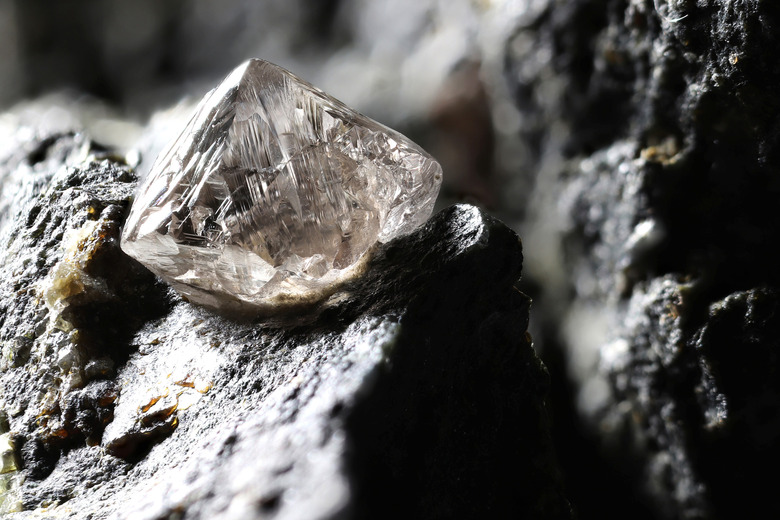Revolutionary Radioactive Diamond Batteries Could Power Devices For Thousands Of Years
The future of our spacecraft could all come down to diamonds. While diamonds are often regarded as one of the hardest materials in existence, these hard gems, more specifically radioactive diamonds, could be the basis for a next-generation battery.
The core of this innovative battery is carbon-14, a radioactive isotope commonly used in radiocarbon dating. Scientists have found a way to encase carbon-14 inside a synthetic diamond, and by doing so, they discovered something very intriguing.
When encased in a diamond, carbon-14 undergoes a process we call beta decay. This is essentially where the carbon-14 releases a series of electrons. These electrons are then absorbed by the diamond, where they can be converted into electricity, creating a self-sustaining radioactive diamond battery.
The easiest way to think of it is to imagine it in the same way you imagine a solar panel works. However, instead of absorbing power from the sun, the battery captures electrons emitted from within the diamond.
The result is a power source with a half-life of 5,700 years, meaning it could potentially last for tens of thousands of years without needing a recharge or replacement. The kicker, though, is that these radioactive diamond batteries aren't likely to appear in high-powered devices like smartphones.
Instead, this kind of battery is more geared towards powering low-power devices—like spacecraft similar to Voyager 1. Despite being the furthest man-made object from Earth, Voyager 1 only has around 20 more years or so before its nuclear battery gives out.
If it had a radioactive diamond battery, though, it could continue exploring interstellar space for thousands of years—potentially longer. The best part? All that radiation stays locked inside the diamond where it is safe from human absorption. We've also seen scientists using diamonds for storage, another intriguing breakthrough that could provide future breakthroughs.
